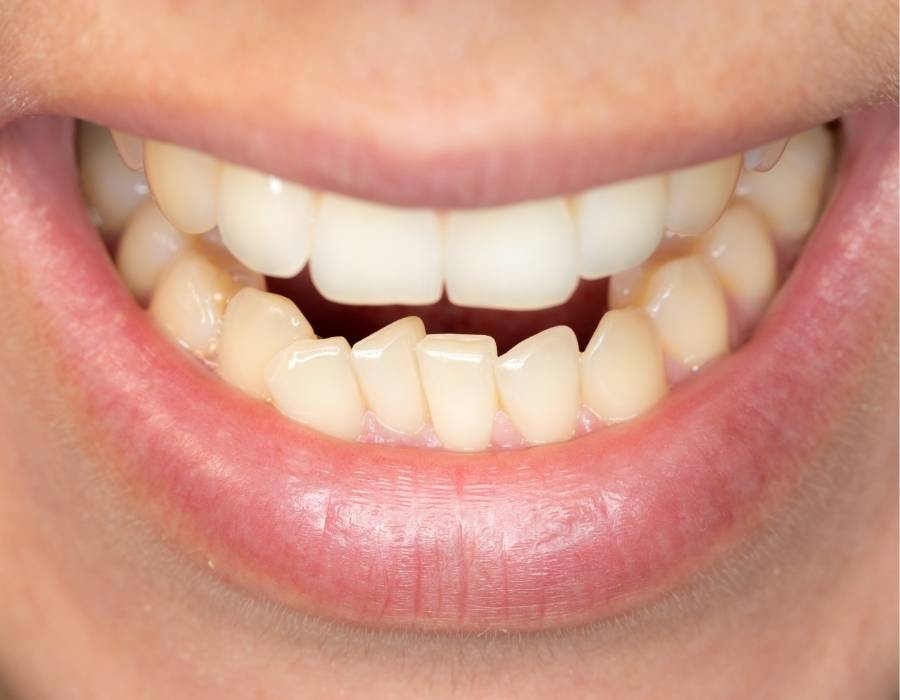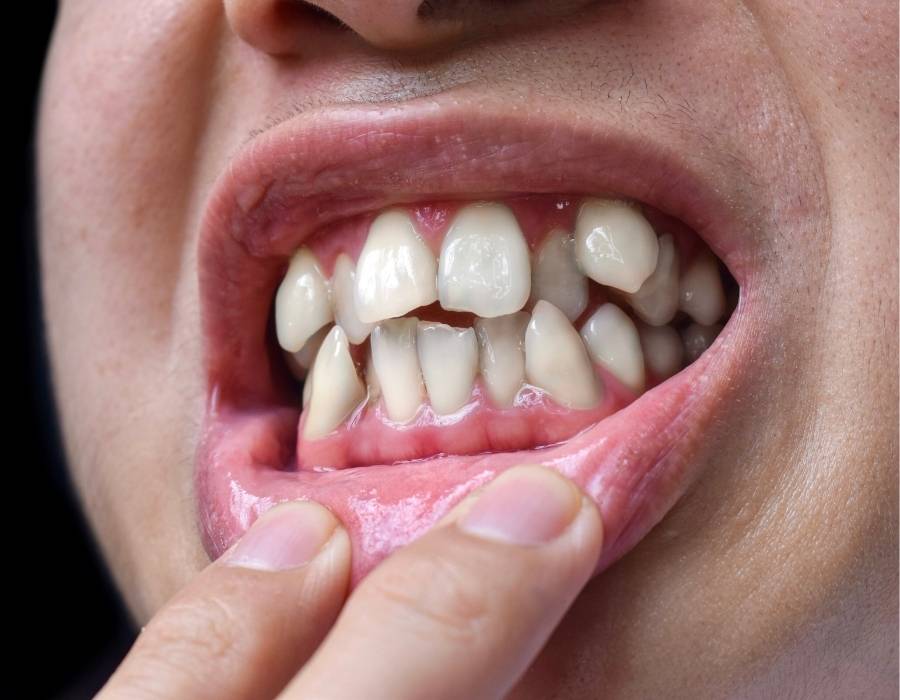Crowded teeth may seem like a simple cosmetic issue, but beneath the surface lies a deeper oral health concern. When teeth overlap or twist due to limited space in the mouth, they become harder to clean. This misalignment creates hidden pockets where food particles, plaque, and bacteria accumulate—ultimately increasing the risk of tooth decay and gum disease.
Braces, whether traditional or clear aligners, do more than create a beautiful smile. They play a crucial role in preventing long-term dental problems. In this blog, we’ll explore how correcting crowded teeth with braces protects your oral health, reduces future dental costs, and improves your overall well-being.
Why Crowded Teeth Are More Than a Cosmetic Concern
While crowded teeth are often viewed as a cosmetic issue, the impact goes far deeper than appearance. When teeth overlap or are tightly spaced, it becomes much harder to clean them effectively. Even with daily brushing and flossing, plaque and bacteria can accumulate in the hard-to-reach areas between teeth and along the gumline—creating the perfect environment for oral health problems to develop.
Over time, this buildup can lead to a variety of issues including tooth decay, inflamed or bleeding gums, and persistent bad breath. Left untreated, the irritation may progress to early-stage gum disease (gingivitis), and eventually more serious conditions like periodontitis, which can damage the supporting structures of the teeth. Addressing crowding isn’t just about straightening your smile—it’s a proactive step toward protecting your long-term oral health.
How Braces Correct Alignment and Improve Dental Hygiene
Braces do more than straighten your smile—they create a healthier foundation for long-term oral care. By gradually guiding your teeth into proper alignment, braces make it easier to maintain good hygiene habits. As crowded or overlapping teeth shift into better positions, brushing and flossing become significantly more effective, reducing the risk of plaque buildup and hidden debris between tight spaces.
Proper alignment also promotes better overall oral health. Straight teeth help disrupt plaque formation and make it harder for tartar to accumulate. A balanced bite distributes pressure evenly, which helps protect your enamel from excessive wear, fractures, or chipping. Additionally, when teeth are aligned, the gums can form a tighter, more protective seal around them—further guarding against gum disease and inflammation. Braces are more than a cosmetic solution—they’re a clear path to lasting dental wellness.
Braces and Gum Health: A Powerful Preventative Strategy
Crooked or misaligned teeth can contribute to gum recession and the formation of deep periodontal pockets—both of which make it easier for bacteria to settle near the roots and cause infection. Over time, this can weaken the support system for your teeth and lead to gum disease. Braces help combat these issues by promoting better alignment and gum protection.
Braces can actively support gum health by:
- Closing gaps that collect food particles and bacteria
- Redistributing bite pressure to reduce trauma to the gums
- Improving tooth positioning, allowing the gumline to rest more securely around each tooth
Once teeth are properly aligned, the gums often respond by healing more effectively and forming a tighter seal, significantly reducing the risk of inflammation, infection, and long-term periodontal damage.
Why Straightening Your Teeth Pays Off—Now and Later

Correcting crowded or misaligned teeth goes far beyond appearances. When your teeth are properly aligned, daily brushing and flossing become much easier and more effective. You can clean between teeth without struggling in tight spots, which helps prevent plaque buildup and gum infections. Aligned teeth also allow your gums to fit more snugly around each tooth, offering better protection against bacteria and inflammation.
With fewer hidden spaces for odor-causing bacteria to hide, you’ll enjoy fresher breath and a boost in confidence from a cleaner, healthier smile. Over time, treating misalignment can also save you money by reducing the risk of cavities, gum disease, and costly dental procedures like root canals or periodontal treatments. Investing in straight teeth today is a smart move for both your health and your future.
Don’t Wait for Problems to Escalate
If you’re experiencing crowding or noticing early signs of gum issues—such as bleeding while brushing—it may be time to consult an orthodontist. Early intervention is key. Ignoring these issues can lead to costly and painful treatments in the future, such as scaling and root planing, crowns, or even tooth extraction.
Your orthodontic journey can start with a simple consultation and panoramic X-ray. From there, your dental team will recommend a custom treatment plan—whether it’s traditional braces, ceramic options, or clear aligners.









